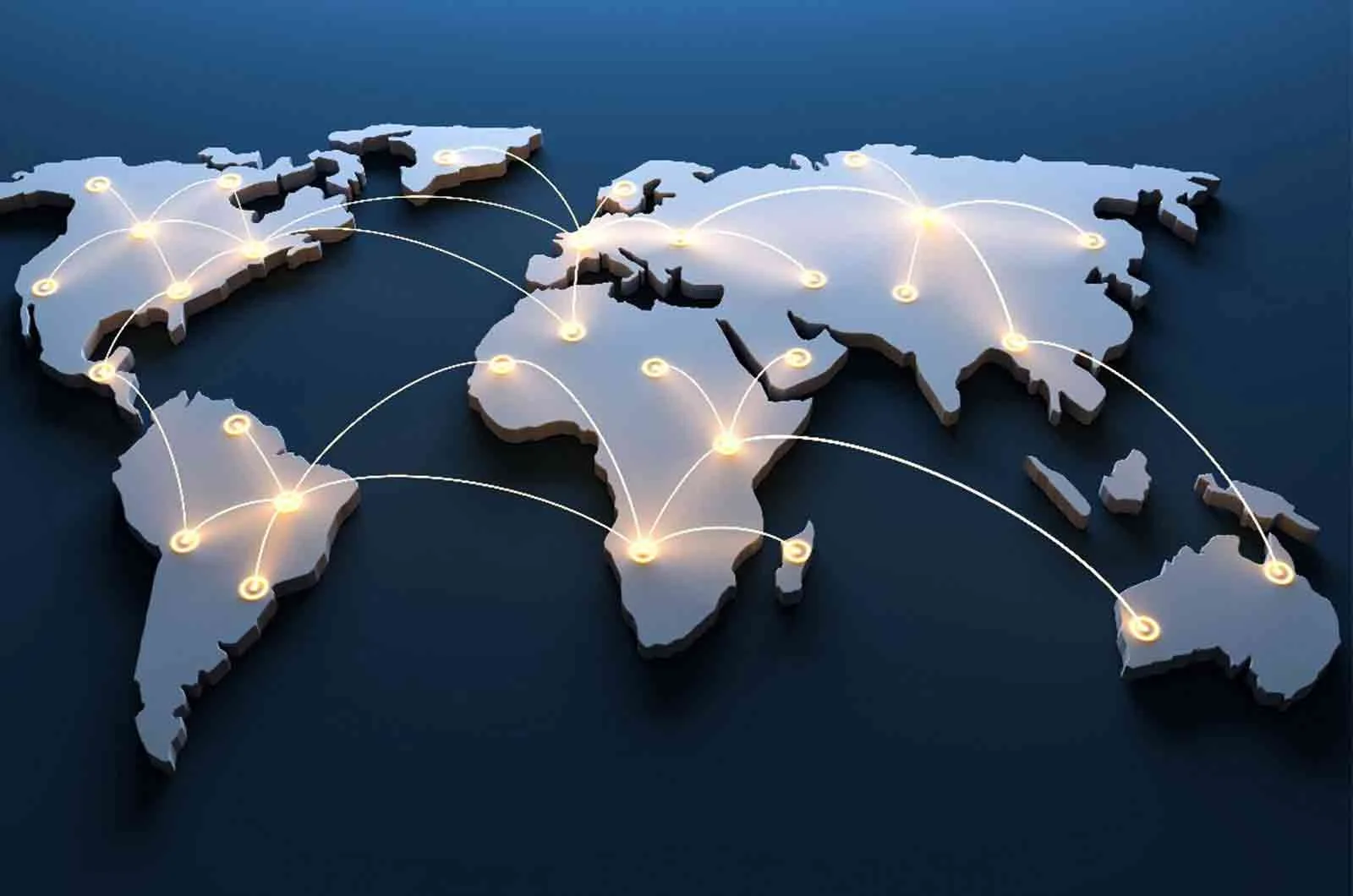
Read More
As a global translation company, we know all about the history of translation. But it doesn’t take an expert to tell you that the translation industry is growing rapidly! The current translation market expanded to just over $56 billion in 2021, which was more than $5 billion growth within two years. With an estimated 300,000 translators in the profession today, working in the translation industry has become a well-respected and in-demand career choice.
Unlike the interpretation of the spoken word, translation focuses solely on converting written content from a source language to a target language. The purpose of translation is to allow information to be shared with diverse audiences with different native tongues. Let’s now look at the critical junctures in translation history that have allowed the industry to expand to what it is today.
1. Creation of Writing Systems
Before the translation market existed, oral storytelling was the only way to pass information from generation to generation. The tradition was (and still is) an honoured practice that shapes cultures. However, the human brain’s ability to interpret, convey and remember details limits the accuracy and completeness of information communicated verbally. We cannot be sure the original content is accurate when passed down through ancestral lineages.
The creation of various writing systems allowed information to be preserved in a more stable format and is the first key milestone in the translation industry. The earliest known writing systems date back to about 3,200 years ago in Mesopotamia and Egypt. As a reference, the Greek alphabet emerged 2,800 years ago. The Latin alphabet we use today is about 2,500 years old, and the Chinese writing system has around 1,200 years of history.
Writing provided source text for those able to communicate in more than one language to read and share with others. Over time, this practice of consuming written content in one language and transforming it into another written language became known as translation. It’s a far cry from the type of global translation company around today, but the first step towards our current position.
2. First Significant Translation
The Bible is the first significant translation in the history of the translation industry. The Old Testament was translated from Hebrew to Greek in the third century BC. Because so many Jewish people no longer spoke Hebrew, they commissioned 70 linguists working in the translation market to independently translate the content. The name of the new translated version was “The Septuagint,” meaning “seventy” in Greek.
As well as being the first major translation, the Bible is also the most translated text in history. As of 2020, portions of the Bible have been translated into 3,415 languages! A non-profit global translation company, Wycliffe Bible Translators, launched have committed to translating the Bible into all other remaining languages worldwide. This should be achieved by 2038.
3. Progression of Writing Systems & Tools
Since the Septuagint was first written, writing tools have progressed significantly. Stone tablets and chisels; knives and wood or bone; damp clay and stylus; ink and leaves or paper; typewriters; and ultimately, computers. With each writing tool improvement, the ability to translate also became more efficient, and the size of the translation market grew.
In the earlier stages, manual handwriting was time-consuming but effective at preserving content over long periods. A significant finding for the translation industry in 1799 was the Rosetta Stone, the first Ancient Egyptian bilingual text carved by hand in 196 BCE. It was almost perfectly preserved and the relic allowed modern scholars to study and translate ancient Egyptian hieroglyphics.
Dictionaries, wordlists, and lexicons also came to life along with the birth of writing systems. These books included definitions, common usage, etymologies (word origins), pronunciations, and translations into other languages. Books that assemble information on words in various languages are invaluable to linguistic scholars and translators. They are still useful in helping a global translation company today produce accurate translations.
4. Academic Study of Translation Industry
Intellectuals that study the various facets of language have been known as grammarians or linguistic scholars for centuries. Another historical term was “philology”, the study of language. Therefore, academics were unsure where to place the translation in the curriculum when the translation industry started to emerge. They argued whether it should fall under linguistics or literary studies.
Ultimately, an independent area of academic study focused solely on the translation market emerged globally between the 1950s and1970s. As a result, terms describing translation studies included translatology and traductology. Over time, the industry and profession of linguists working for a global translation company have become known as “translation”.
5. Duplication & Transmission of Data
The printing press came to life in the fifteenth century, replacing the tedious process of a global translation company manually transcribing content. Moreover, the mass production of documents and books created access to information for large public audiences. And translating content into multiple languages proliferated the dissemination of information to readers worldwide.
In the 1970s, the speed of technological advancements accelerated further. Computers with word processing software and facsimile machines were in offices worldwide. The ability to send typed documents across the globe became instantaneous without shipping for the first time. This revolutionised history and the translation industry, enabling people to duplicate and transmit content to a global audience quickly.
Computer modems and the internet took communications to a new level of speed and efficiency overnight. Today, technology plays a pivotal role in sharing data and information and aiding translations. Without these data communication advances, the translation market would not have grown to its current $56 billion standpoint.
6. Translation Quality Controls
As the translation industry matured, so did translators’ qualifications and agency licensing requirements. Translation is no longer a hobby or side job performed by freelancers! A global translation company must register with local authorities, obtain business licenses, and take out professional indemnity insurance.
Reputable agencies also implement strict vetting processes; professional translators must earn translation degrees and hold nationally or internationally recognised certifications. The process of translating content is also becoming systematised and regulated. Typical quality measures in the translation market include matching the source and target languages, industry expertises, and proofreading before delivery.
This all results in higher quality translations that consider cultural nuances and societal preferences. Formal global quality control standards are available in the International Organization of Standardization quality management system ISO 9001 and ISO 17100:2015.
7. Technological Advances in the Translation Industry
The translation industry has come a long way from the days of word processing software only providing basic spelling, grammar, and word count functions. Foreign translating technology is now built into even the most basic software, with programs such as Microsoft Word allowing you to translate your text into hundreds of languages.
Technology within the translation market itself has also advanced. Language technology tools, such as computer-assisted translation tools (CATs), have resulted in a new level of translation accuracy and speed for every content topic. These are used by our global translation company and many others worldwide, yielding significant cost savings and improving productivity.
Translation Memory (TM) has also become common in the industry. All sectors have their own jargon and vernacular with nuanced meanings, and keeping the terms clear and consistent across multiple projects is essential. TM tools have created efficiencies by suggesting “full matches” and “fuzzy matches” for common terms. Translators can now review the computer-generated suggestions to make the best translation decision to achieve the source writer’s intended meaning.
In addition, new technologies have emerged in the translation industry to assist with workflow management. Quality control, project management, and document management systems come together to create an efficient translation process and quality deliverable. Nevertheless, although technology continues to advance, it will probably never be able to extract information and express meaning in a culturally appropriate tone as effectively as the human brain.
Trust a Leader of the Translation Industry: Renaissance Translations
Renaissance Translations is grateful for the translation pioneers who have advanced the translation industry to the current level. As a global translation company, we have progressed through several challenges and leveraged opportunities to create a network of experts that work hard to improve communications across languages.
If you’re looking for a language partner in the expanding translation market, we can help! Our network of qualified linguists can handle projects in more than 120 languages or industry. With our customer-centric approach and technology-driven processes, we offer translation services you can trust.
Your partnership with Renaissance Translations comes with professional memberships such as ATC and a guarantee to meet any tight deadline placed on us. To discuss your project, contact us today. We look forward to matching one of our professionals to your specific project requirements.



